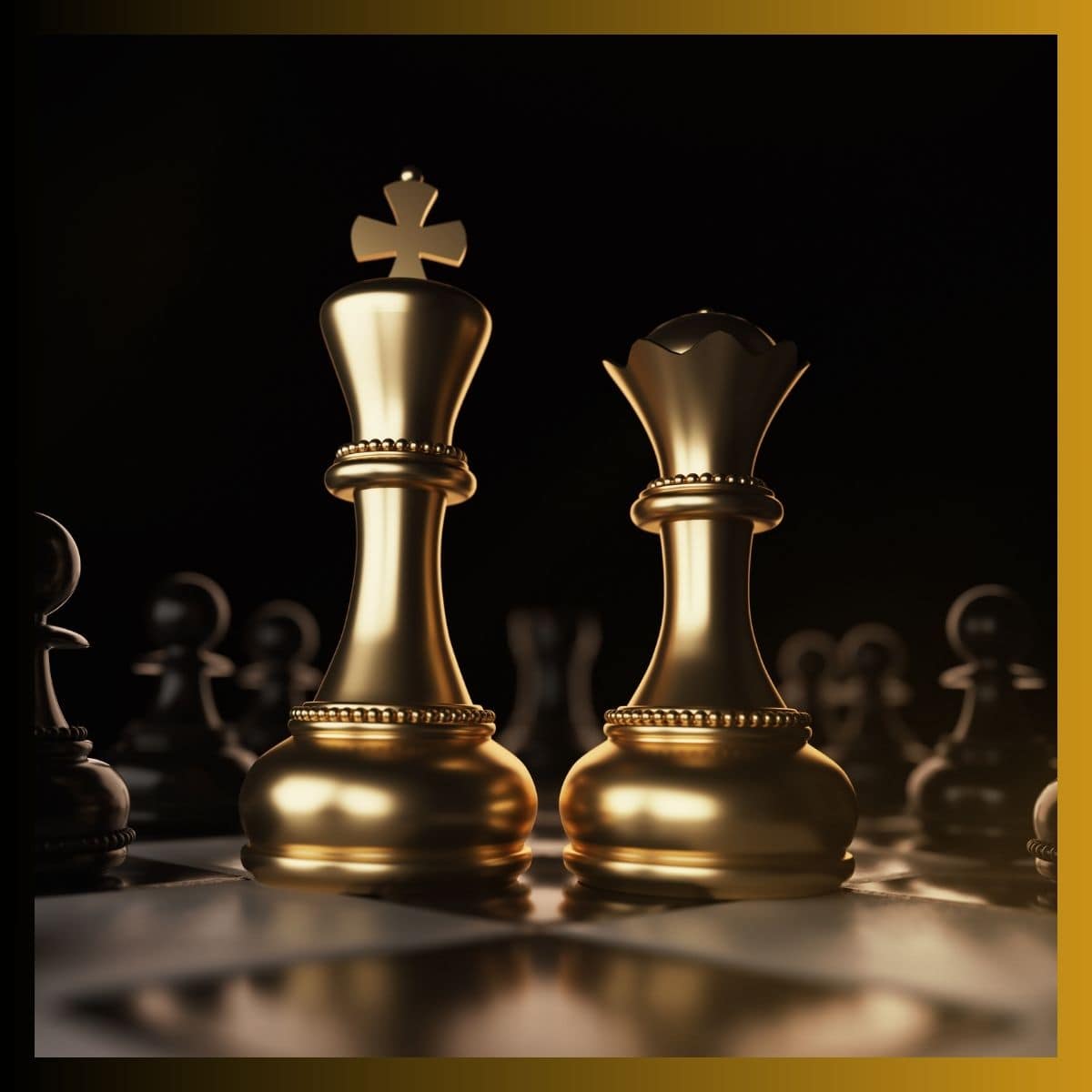Each product we feature has been independently selected and reviewed by our editorial team. If you make a purchase using the links included, we may earn commission.
Several months ago, I walked into a yoga class, dripping sweat from running through the subway station (in an attempt) to make it there on time, my mind racing from a stressful day at work. Being a few minutes late (the shame, IYKYK), I hurried into the class and sat down on my mat huffing and puffing, really not in the mindset of to tackle a headstand. Don’t get me wrong—there’s nothing like a little downward dog or child’s pose to help me feel centered, but that day I just wanted to be *still*, to stop my mind from spiraling, my heart from beating out of my chest, and my anxiety from skyrocketing. I really needed to take a beat and zen out in Savasana (aka the corpse pose that kind of looks like you’re taking a nap).
Eventually, the flow winded down and the moment I had been waiting for finally arrived: I lay down on my blanket, and the instructor lowered the lights. What came next surprised me…I heard a singing, rising “ding” followed by a circular sound that flowed over me like a warm bath. (Imagine someone playing wine glasses, except this sound was much more harmonious and hypnotic, making me feel like I was floating.) Just 30 seconds in and I had descended into a state of ethereal bliss. My mind was surprisingly still, as was my body.
By the end of class, I was convinced that I needed the magical instrument that made the *most* beautiful sound I’d ever heard in my life—and that I certainly didn’t want to do another Savasana without it. So, I did some research and was shocked to learn that I could actually purchase one of these Tibetan singing bowls on—yep, you guessed it—Amazon. I settled on the Ohm Store Tibetan Singing Bowl (Buy It, from $25, amazon.com) because the setup didn’t appear super intimidating and the price tag was very wallet-friendly. Measuring 3.5 inches wide, this brass singing bowl comes with a small, hand-sewn cushion for the bowl and a teakwood mallet. Plus, it had earned an impressive 4.7 rating, with over 1,700 glowing five-star reviews. Shoppers even shared that this Amazon singing bowl was perfect for beginners and seasoned sound bathers alike and that you didn’t need to know anything about chakras (translation: the main energy centers of the body) to be able to use and enjoy the bowl.
One customer, in particular, had me sold: “This is my first singing bowl so I’m no expert by any means, but so far I love it! The instructions it comes with are very helpful, and I was able to make it sing first try! Not perfectly but It gets pretty loud so I’m sure with more practice I’ll be able to get it to hold the note stronger, smoother, and for a longer period of time. Overall very beginner-friendly and fun to use! Just pay attention to the instructions and how you’re holding both the bowl and mallet when playing.”
I have to tell you, ever since I got the Tibetan singing bowl on Amazon, it’s become a staple in my meditation practice—after all, I keep it next to my meditation pillow. I simply tap the bowl and use the included mallet to draw circles on the outside of the bowl. It makes an incredibly powerful sound that goes on for as long as I continue to circle—and helps to establish the tone for meditation or for setting an intention.
On top of that, I often use the singing bowl to relax at bedtime or before I start a task to help regain focus. It’s also proven helpful in moments during the day when I feel restless—not being able to sit with a soft-focus or when even breathing techniques aren’t doing the trick—and the healing sounds of this Tibetan singing bowl clear my mind to an almost hypnotic state of calm.
If you’ve never experienced a sound bath or used a Tibetan singing bowl yourself, you might be wondering what all the fuss is about—or if you actually need one. Here, Susy Markoe Schieffelin of The Copper Vessel, a Los Angeles-based sound healer, reiki master, and yoga and meditation instructor, discusses the health benefits of sound baths and explains how to implement and use a singing bowl in your at-home practice.
Singing bowls are typically crafted from a bronze alloy, which is made up of seven different metals including copper, iron, gold, silver, zinc, nickel, and tin, says Markoe. Traditional bowls are hammered by hand and each is tuned to play a note that corresponds to a chakra.
ICYDK, “chakras are your energy centers and you have seven main chakras in your body,” explains Markoe. “Bowls vary in size from tiny two-inch bowls that make a very high chime that feels clearing and uplifting, to giant 30-inch bowls that create deep grounding vibrations. Tibetan singing bowls transmit grounding and clearing energy. These sounds can help cut through dense energy and move energetic blockages in your body.”
While singing bowls are called “Tibetan” and thought to be native to the Himalayas, the true origin and original function of the bowls is still “surrounded by [an] aura of mystery,” according to the International Academy of Sound Healing (IASH). They may date back as far as 560-480 B.C. and have been used in Tibet for centuries. But recently, sound baths (often using singing bowls) have recently become more popular in Western cultures as being one of the best ways to practice zen and meditation, says Markoe.
During a sound bath, a practitioner will create healing sound vibrations with singing bowls and other instruments created specifically for this type of practice. As a result, you’re ~bathed~ in sound, as well as the energy of the healing vibrations. “The sound waves can help calm your mind, and help you relax and enter a meditative state fairly effortlessly and quickly,” says Markoe. “Some of the science behind what takes place during a sound bath is that the healing frequencies of sound entrain with your brainwaves and can effortlessly shift you into brainwave states associated with deep rest, healing, and meditation. All you need to do is lie back, relax, and let the sound vibrations wash over you.” (Related: What Does Om Mean In Yoga and Meditation?)
While researchers don’t fully understand how singing bowls (and their frequencies) directly impact the brain, there is some science backing up their benefits. Research shows that Tibetan singing bowls can lower blood pressure and have positive mental health outcomes. For example, 51 people who used one of these bowls and then participated in a 20-minute “directed relaxation” session saw greater reductions in blood pressure compared to those who didn’t use the singing bowls first, according to a 2014 study in the American Journal of Health Promotion. Another study published in the Journal of Evidence-Based Complementary & Alternative medicine found that Tibetan singing bowl meditation had positive effects on mood, anxiety, pain, and spiritual well-being for the 62 people who participated, and immediately reduced tension, anger, fatigue, and depressed feelings.
No need to save your singing bowl experiences for formal sound baths or yoga classes—if you buy your own singing bowl, you can use it anytime. “You can use it to set an intention in the morning at the start of your day, to take a digital detox break to relax and center, to enhance meditation, to commemorate a ceremony or celebration, to clear the energy of a space, and before bed to achieve deep, mindful sleep,” says Markoe.
Learning to use one of these Tibetan singing bowls is actually quite simple and a fun hobby to take on during quarantine. Here’s how, according to Markoe.
If you’re looking to up the ante on your meditation practice and create some next-level zen without breaking the bank, I promise that the Ohm Store Tibetan Singing Bowl is well worth a try.










